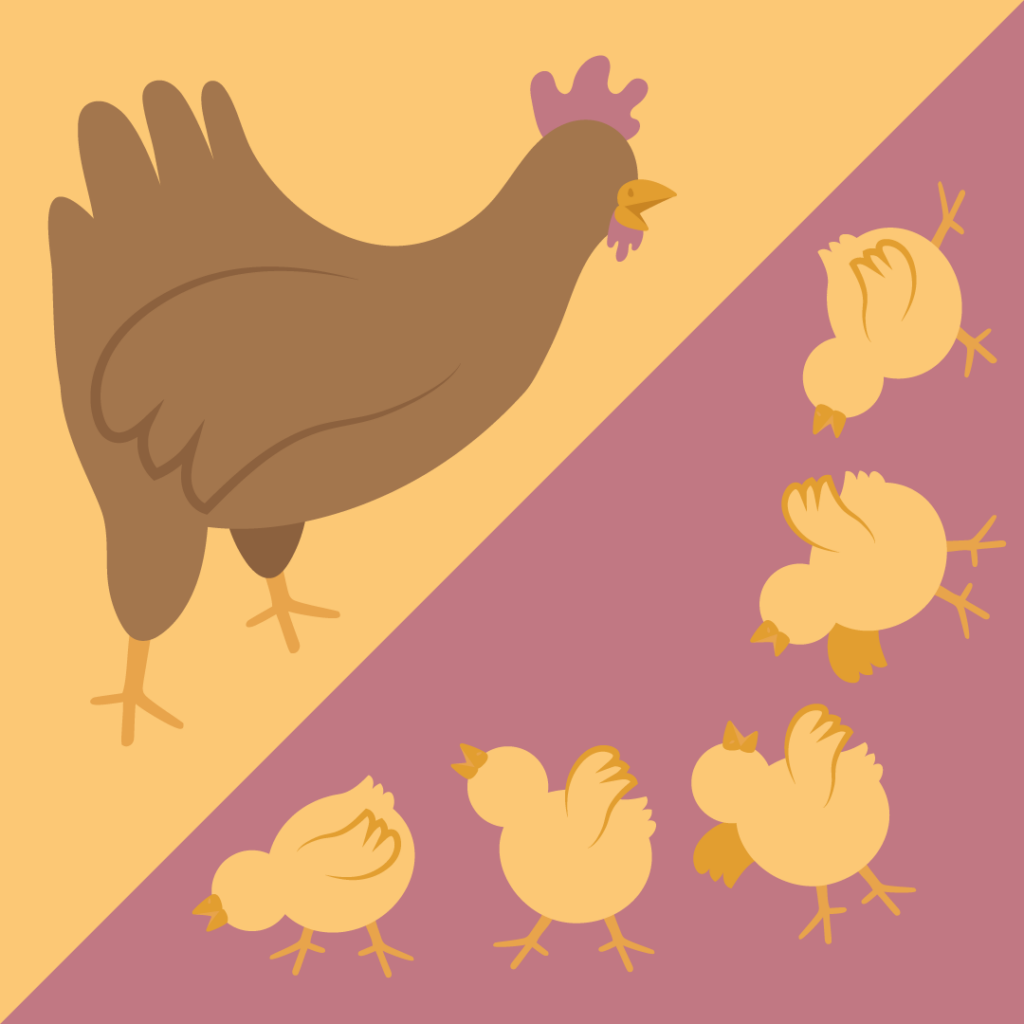Las expresiones «there is, there are» son fundamentales en el inglés, ya que se utilizan para expresar la existencia de algo y se traducen al español como «hay.» A diferencia del español, donde solo usamos una forma, en inglés debemos elegir entre el singular y el plural dependiendo de lo que queramos comunicar. En este artículo, exploraremos cómo usar «there is» y «there are» en diferentes contextos, incluyendo sus formas negativas e interrogativas, así como su conjugación en distintos tiempos verbales.
Ambas expresiones se pueden traducir al español por ‘hay’; es decir, las utilizamos para expresar la existencia de algo. Aunque en español utilizamos la forma única ‘hay’, en inglés tenemos que elegir entre el singular o el plural dependiendo del número del objeto al que haga referencia:
Singular:
-There is an apple in the fridge.
-Hay una manzana en la nevera.
Plural:
-There are four students in the classroom.
-Hay cuatro estudiantes en el aula.
Forma negativa:
También podemos utilizar there is y there are en negativo añadiendo la partícula not, que podemos contraer de varias formas:
En singular son válidas las formas there is not, there isn’t y there’s no.
-Don´t be scared, there is not a monster under your bed!
-Don’t be scared, there isn’t a monster under your bed!
-Don’t be scared, there’s no monster under your bed!
-No tengas miedo, ¡no hay ningún monstruo debajo de tu cama!

En plural podemos utilizarlo de las siguientes formas:
-It’s so late there are not any people left in the party.
-It’s so late there aren’t any people left in the party.
-It’s so late there are no people left in the party.
-(Es tan tarde que ya no hay nadie en la fiesta.)
Forma interrogativa:
Para preguntar si hay algo o alguien, tan sencillo como invertir la estructura, pasando la forma del to be delante.
Que se contestaría con su short answer correspondiente:
-Is there a cinema near your house?
-¿Hay un cine cerca de tu casa?
Afirmativa: –Yes, there is. –Sí, sí hay.
Negativa: –No, there isn’t. –No, no hay.

-Are there any libraries in your city?
-¿Hay alguna biblioteca en tu ciudad?
Short answer afirmativa: –Yes, there are. –Sí, sí hay.
Short answer negativa: –No, there aren’t. –No, no hay.
THERE IS Y THERE ARE CON OTROS TIEMPOS VERBALES
¿Qué pasa si necesito expresar que ayer había algo y hoy no lo hay? ¿O que mañana sí habrá?
Las formas there is y there are pueden utilizarse en el tiempo verbal que queramos. Para ello, tenemos que conjugar el verbo to be con sus reglas gramaticales. Vamos a ver un par de ejemplos.
Past simple:
Empecemos por lo básico: el pasado del verbo to be, que seguro que ya dominas:
| is | was |
| are | were |
Ahora solo tenemos que sustituir las formas de presente de there is y there are por was y were cuando corresponda:
Afirmativo:
| There is a spider in the kitchen. | There was a spider in the kitchen. |
| Hay una araña en la cocina. | Había una araña en la cocina. |
| There are hundreds of books in the bookcase. | There were hundreds of books in the bookcase. |
| Hay cientos de libros en la librería. | Había cientos de libros en la librería. |
Negativo:
| There isn’t a spider in the kitchen. | There wasn’t a spider in the kitchen. |
| No hay una araña en la cocina. | No había una araña en la cocina. |
| There aren’t hundreds of books in the bookcase. | There weren’t hundreds of books in the bookcase. |
| No hay cientos de libros en la estantería. | No había cientos de libros en la estantería. |
Interrogativo:
| –Is there a spider in the kitchen?
–Yes, there is. / No, there isn’t. |
–Was there a spider in the kitchen?
–Yes, there was. / No, there wasn’t. |
| –¿Hay una araña en la cocina?
–Sí, la hay. / No, no la hay. |
–¿Había una araña en la cocina?
–Sí, la había. / No, no la había. |
| –Are there hundreds of books in the bookcase?
–Yes, there are. / No, there aren’t. |
–Were there hundreds of books in the bookcase?
–Yes, there were. / No, there weren’t. |
| –¿Hay cientos de libros en la estantería?
–Sí, los hay. / No, no los hay. |
–¿Había cientos de libros en la estantería?
–Sí, los había. / No, no los había. |
Future simple:
Para expresar la existencia de algo en el futuro, utilizaremos la forma will be.
-There will be a party next Friday.
-Habrá una fiesta el viernes que viene.
-There won’t be any problem if you are 5 minutes late.
-No habrá ningún problema si llegas 5 minutos tarde.
-Will there be a new Star Wars film?
-¿Habrá una peli nueva de Star Wars?

Watch out!
Aunque there is/are se traduzca como ‘hay’, no puede utilizarse para expresar una obligación tipo “hay que hacer los deberes”. Para eso utilizamos los modales must y have to.
¡Esperamos que la lección de hoy haya resuelto todas tus dudas! Y, ya sabes, there are a lot of exercises out there for you to practice!




